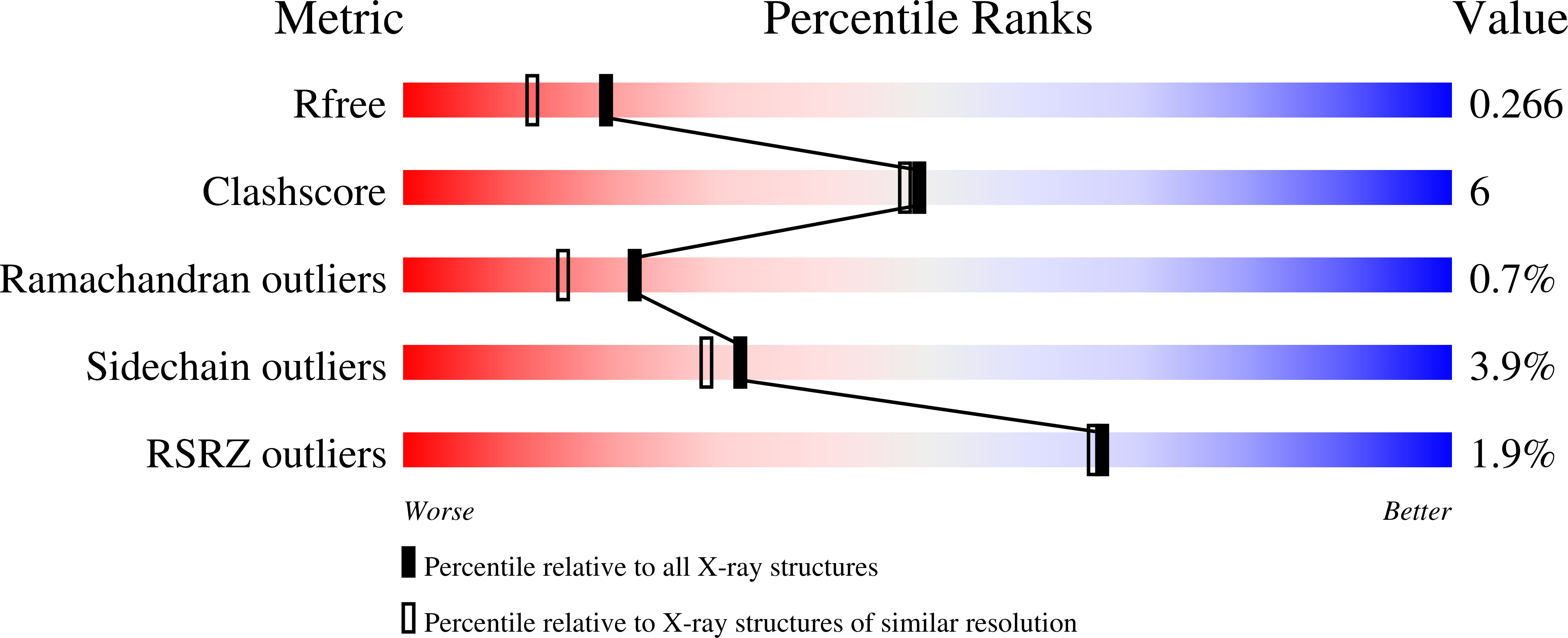
Deposition Date
2020-01-17
Release Date
2021-01-27
Last Version Date
2023-10-11
Entry Detail
PDB ID:
6VJW
Keywords:
Title:
Crystal structure of WT hMBD4 complexed with T:G mismatch DNA
Biological Source:
Source Organism:
Homo sapiens (Taxon ID: 9606)
Host Organism:
Method Details:
Experimental Method:
Resolution:
2.02 Å
R-Value Free:
0.26
R-Value Work:
0.21
Space Group:
P 21 21 21


